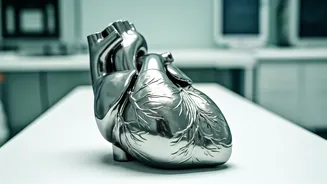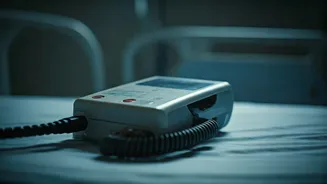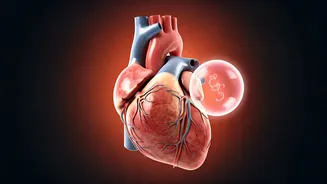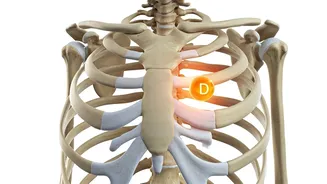Spotting The Signs
Recognizing the initial indicators of a potential heart attack is the first crucial step in managing the situation effectively. Key signs include chest
discomfort, which can manifest as pressure, squeezing, fullness, or pain in the center of the chest that may persist for several minutes or come and go. This discomfort could spread to the arms (most often the left arm), back, neck, jaw, or stomach. Other indications include shortness of breath, cold sweats, nausea or vomiting, and lightheadedness or dizziness. Experiencing these symptoms, especially if they occur together, should prompt immediate concern. It is also important to be aware that not all heart attack symptoms present the same way in everyone. The intensity and type of symptoms can vary significantly from person to person, so any unusual or concerning physical sensations should be taken seriously.
Time is Critical
The time between the onset of symptoms and the occurrence of a full-blown heart attack is critical. While it varies from person to person, prompt action is essential. Generally, a person has a limited window, often a matter of minutes to a few hours, to seek help and receive treatment before severe damage occurs. This timeframe highlights the need for immediate response. The quicker one acts, the better the chances of survival and minimizing heart damage. Waiting to see if the symptoms subside is not advisable. The moment you suspect a heart attack, the priority should be to get medical assistance as quickly as possible. Delaying this can have severe consequences. Time is of the essence, and every minute counts.
Immediate Steps
If you suspect you are having a heart attack when alone, certain actions can significantly impact the outcome. The primary action is to call emergency services (e.g., 112 in India) immediately. Provide clear information about your location and symptoms to ensure they dispatch help promptly. While waiting for medical assistance, try to stay calm. Anxiety can worsen the situation, so it is important to remain as composed as possible. If you have been prescribed medication like nitroglycerin for chest pain, take it as directed while waiting. Also, if you are conscious and able to, chew and swallow an aspirin (325mg) if you are not allergic to it. Aspirin can help thin the blood, which may reduce clot formation and improve blood flow to the heart. Try to unlock the door for quick access by paramedics.
Aspirin's Role
Taking aspirin during a suspected heart attack can prove very beneficial. Aspirin works by inhibiting blood clotting, which is often a primary cause of heart attacks. By preventing the formation of blood clots, aspirin can help restore blood flow to the heart. Research indicates that aspirin can reduce the risk of death from a heart attack if taken soon after symptoms start. However, its effectiveness depends on factors such as the individual's overall health, any existing conditions, and how quickly it is administered. It is crucial to take aspirin only if you are not allergic to it or have been advised otherwise by a doctor. Furthermore, aspirin should be considered a component of immediate care, not a substitute for professional medical intervention. Medical help should be the priority.
Leg Elevation Myth
The recommendation to elevate the legs during a heart attack is not a widely accepted or scientifically supported practice. Unlike certain conditions where elevating the legs can help increase blood flow to the heart, this is not generally considered beneficial during a heart attack. Instead of elevating the legs, the focus should be on maintaining a comfortable position, typically sitting or lying down, as this will help in breathing. The key objective is to minimize exertion and keep the patient as relaxed as possible. While some people think elevating the legs could assist by improving blood circulation, this might not always be helpful during a heart attack, as it might add to discomfort. Medical professionals are trained to provide the most appropriate assistance, and the focus should be on following their recommendations.
Gender Differences
While many heart attack symptoms are similar for men and women, subtle differences exist. Men tend to experience classic symptoms like chest pain that radiates down the left arm. Women, on the other hand, might present with less obvious symptoms. Women are more likely to have atypical symptoms, such as nausea, vomiting, back or jaw pain, and fatigue, which can often lead to a delayed diagnosis. Although the immediate actions remain the same for both genders (calling emergency services, chewing aspirin, etc.), women must be particularly aware of their symptoms. Women might downplay the less common symptoms, but they are just as critical and should be taken seriously. Being aware of the potential variations can help both individuals and medical professionals in making timely decisions.







